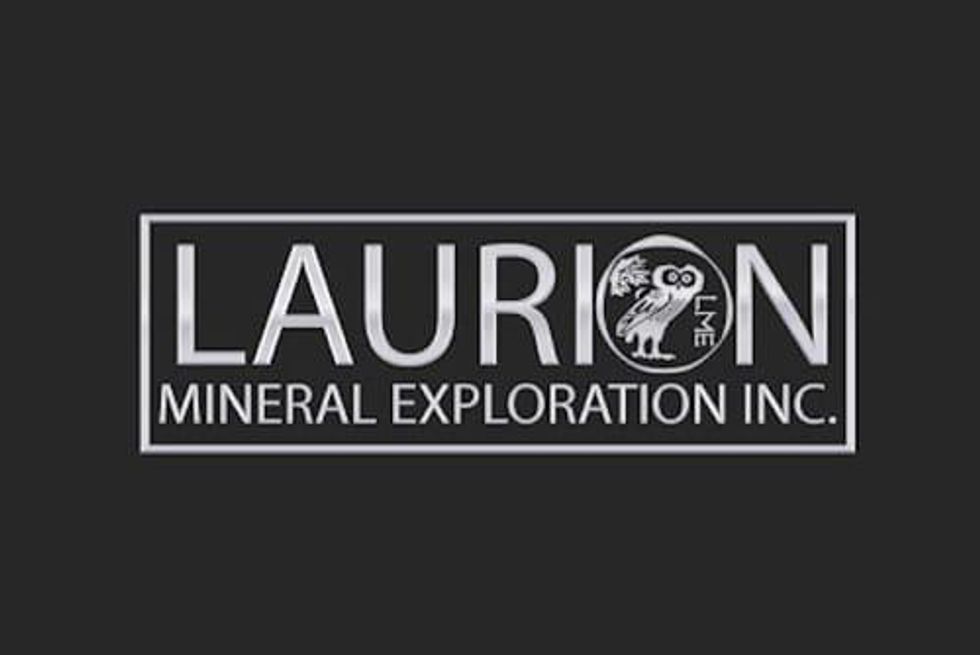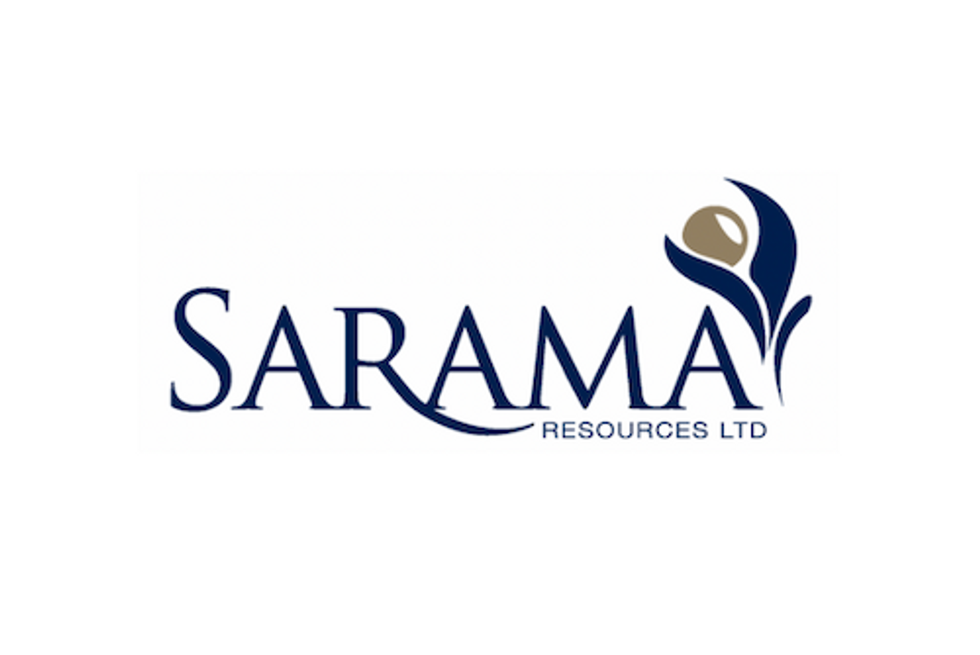Lake Shore Gold Shows Potential to Expand Bell Creek Reserves
Drill results released on Thursday from Lake Shore’s Bell Creek mine have confirmed new high-grade mineralization zones below the current reserve. Certainly, the company is working hard to expand its current resource and total reserves at the mine.
Results reported for an additional 65 holes have confirmed new zones of high-grade mineralization below the current reserves at the Bell Creek mine’s Labine deposit. A few highlights from drilling between the 775- and 925-meter levels include:
- 12.68 grams per tonne of gold over 18.5 meters
- 10.36 grams per tonne of gold over 10.5 meters
- 10.1 grams per tonne of gold over 7.6 meters
Furthermore, the company said that drilling a little higher than the 775 level — the lower limit of the current reserves — has continued to “confirm grade and width of zones in areas close to active mining,” while drilling lower than the 925 level has confirmed the extension of high-grade mineralization to depth “with potential to add to existing reserves.” All of that certainly seems to point to good potential to increase the current resource and total reserves at Bell Creek.
Lake Shore’s president and CEO, Tony Makuch, commented on the results, stating, “[t]oday’s results continue to confirm a substantial resource at the Bell Creek Mine Labine Deposit, with excellent potential for higher grades, expansion and conversion to reserves for mining.”
Lake Shore operates two mines and a central mill near Timmins, Ontario — including its flagship Timmins West mine and the Bell Creek mine — and also holds a number of prospects and exploration targets in the Timmins area. Bell Creek is responsible for about 20 percent of the company’s total gold production so far in 2014.
Hard work pays off
As Kerry Smith of Haywood Securities states in a research note, it’s “increased financial flexibility from improved operational performance” that has allowed Lake Shore to resume exploration activities. He points out that the company has recorded three quarters of improved operational performance, and that it had a cash and bullion balance of roughly $53 million as of the end of June 2014.
Although the analyst notes that the company’s balance sheet is “currently more leveraged than we would like,” he admits that Lake Shore is currently generating cash flow to repay its debt obligations coming due in the medium term, and has observed the market responding to that hard work. He writes that Lake Shore is up approximately 135 percent this year, but still believes that the company “trades at a discount to its peers.”
The importance of expansion
Smith is not surprised at the improved potential for upping Bell Creek’s reserves, and points out in his note that expansion is key for the mine. He suggests that current reserves are “adequate for another ~3 years of mining.”
Taking a look at the numbers, current reserves at Bell Creek come to 706,939 tonnes at 4.7 grams per tonne of gold for 106,573 ounces of gold. In terms of total resources, Smith estimates that Bell Creek holds approximately 1.5 million ounces of gold, considering both indicated and inferred resources as of the last update from December 2013. The next reserves update is scheduled for the end of this year, in conjunction with a new prefeasibility study for the mine.
Of course, there is lead time for development that needs to be considered as well. Smith states that although current exploration work will define additional reserves at Bell Creek, “development options need to be addressed” for the deeper-lying ore. That could include a deepening of the current shaft or ramp at the mine, since the new resources “are below the bottom of the current ramp while the existing shaft is shallower,” which could mean about 18 to 24 months of pre-production development before the deeper ore can be mined.
That said, Lake Shore is working quickly to make that happen. As Makuch said Thursday, “[w]ork has commenced on a pre-feasibility study to update reserves and resources and evaluate deepening the mine, including re-activation of the Bell Creek shaft and extension of the ramp to depth. Completion of the study is planned for early in 2015.”
What’s next?
Lake Shore intends to drill 11,281 meters in addition to the 92 holes and 19,949 meters drilled so far at Bear Creek, and has three drills currently operating at the property. Interested investors will certainly want to keep an eye out for upcoming drill results.
Overall, Haywood’s Smith gives Lake Shore a rating of “buy,” setting his target price for the company at $1.40. At close of day today, shares of Lake Shore Gold were up 3.51 percent, trading at $1.18
Securities Disclosure: I, Teresa Matich, hold no direct investment interest in any company mentioned in this article.






